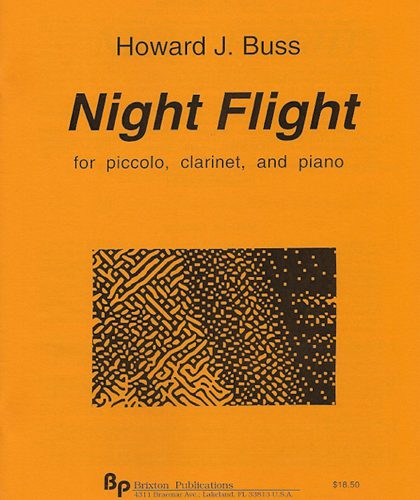He traces the development of the flute from its primitive ancestors, carved out of deerbone, horn, stone and shells (describing the musical qualities attributed to these instruments which had the mystical power – it was thought – to evoke kindly spirits and keep negative forces at bay) to the present-day flute, its use as a solo instrument and its integration in the modern orchestra.
The author explains the changing shape and sonority of the flute throughout the centuries and the ensuing changes in playing techniques, tonal quality and notation of music which accompanied the evolution of the instrument.
To illustrate this story, the author uses a wealth of photographic material showing ancient Greek, Roman, medieval and Renaissance depictions of the flute and flautists.
The story includes numerous musical examples, useful hints and advice for flautists, descriptions of various playing techniques and a sharing of the author’s experiences as a student of Marcel Moyse, one of the great twentieth-century masters of the flute.




